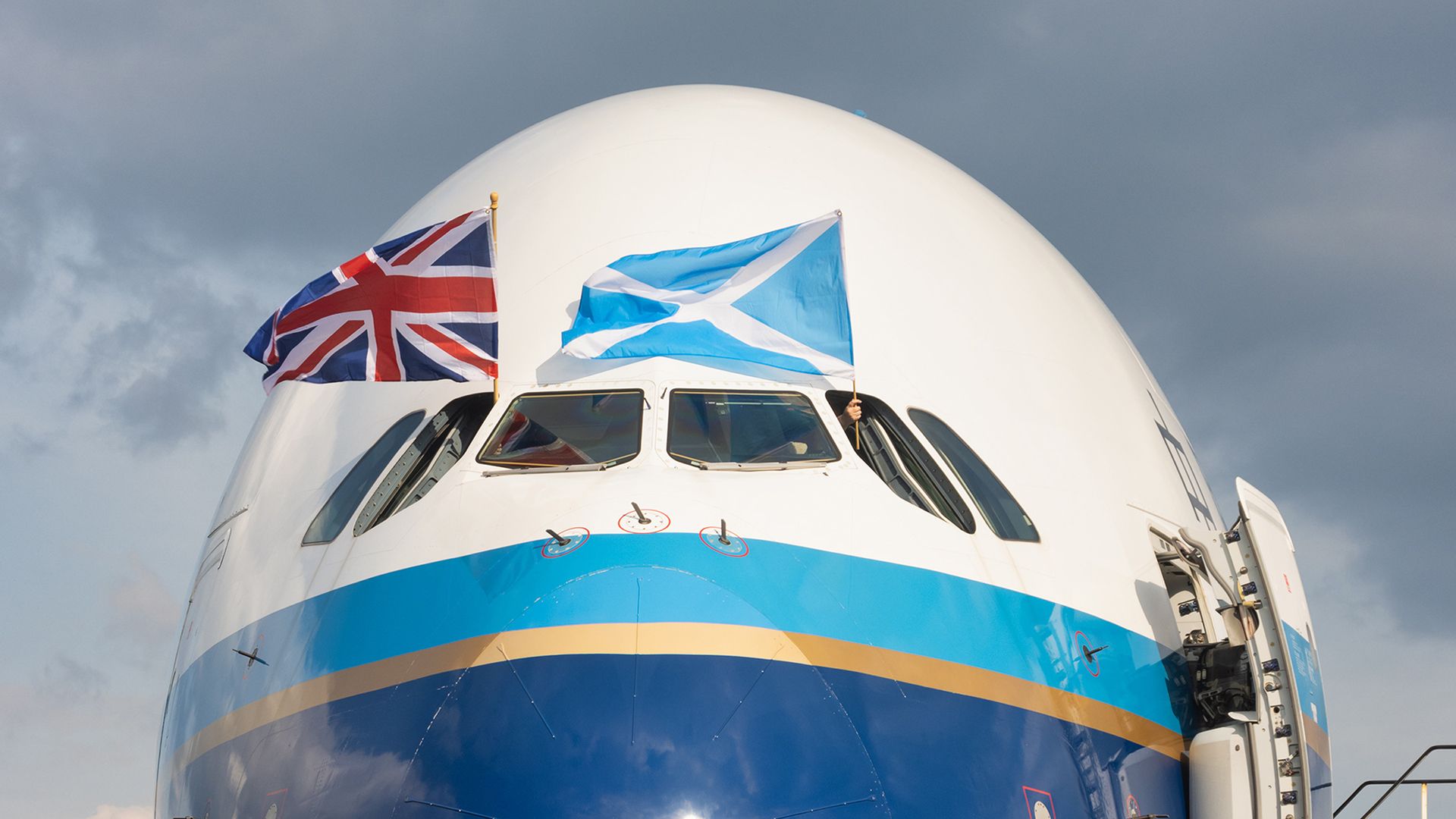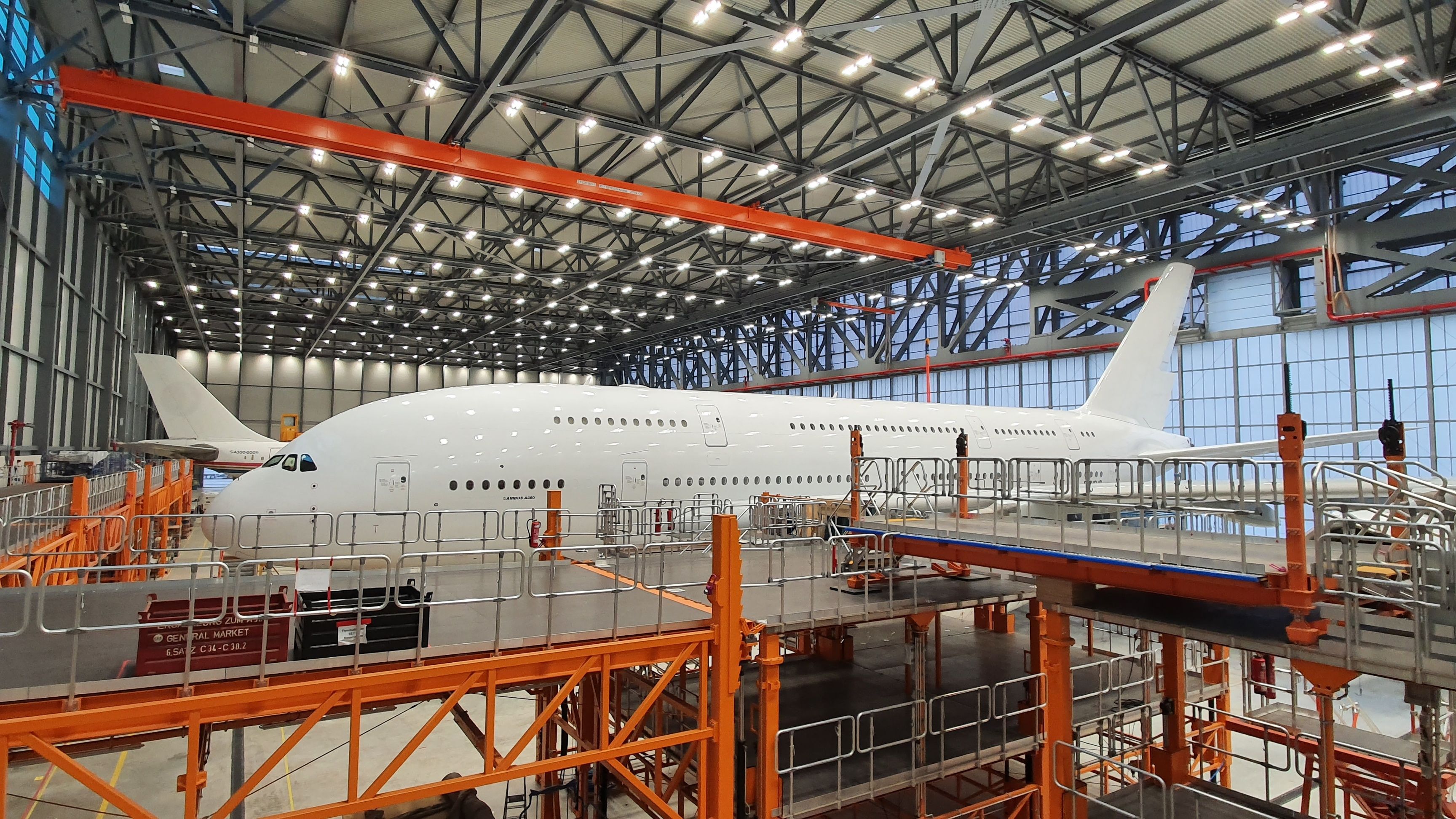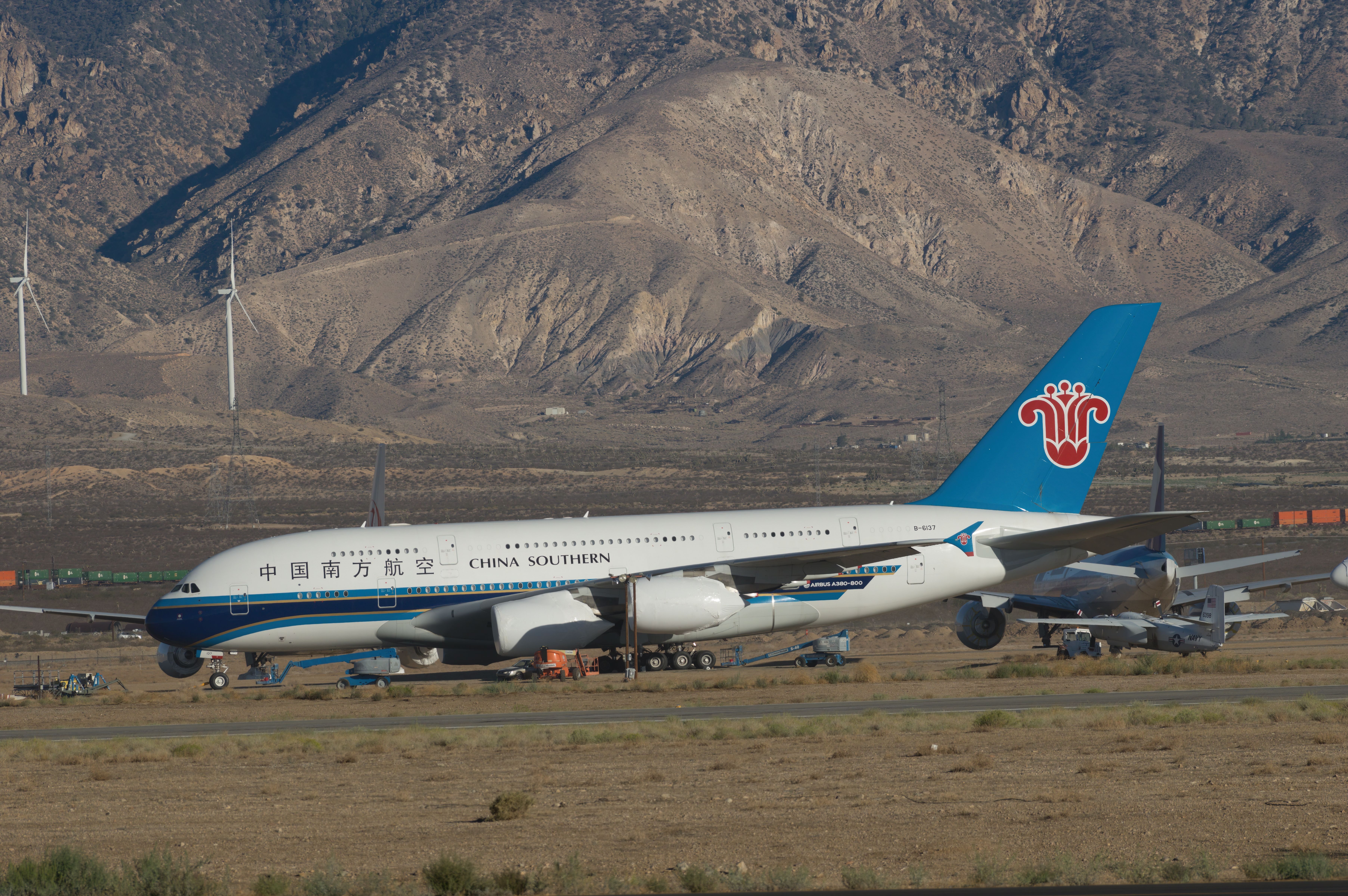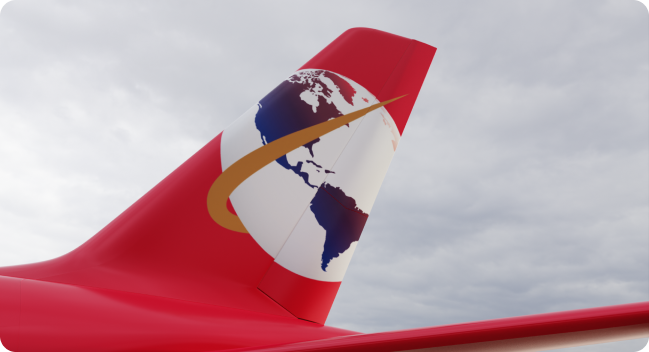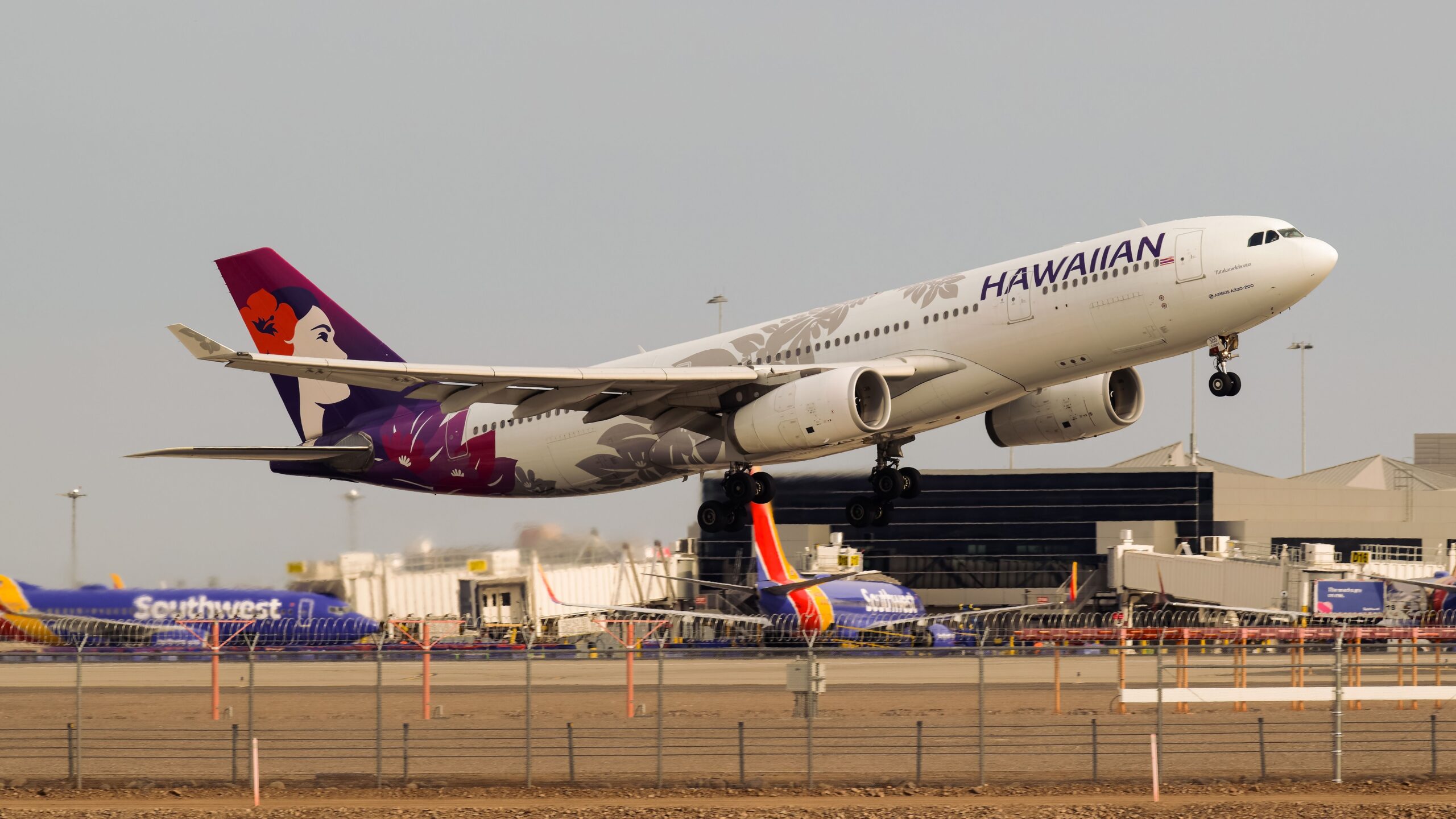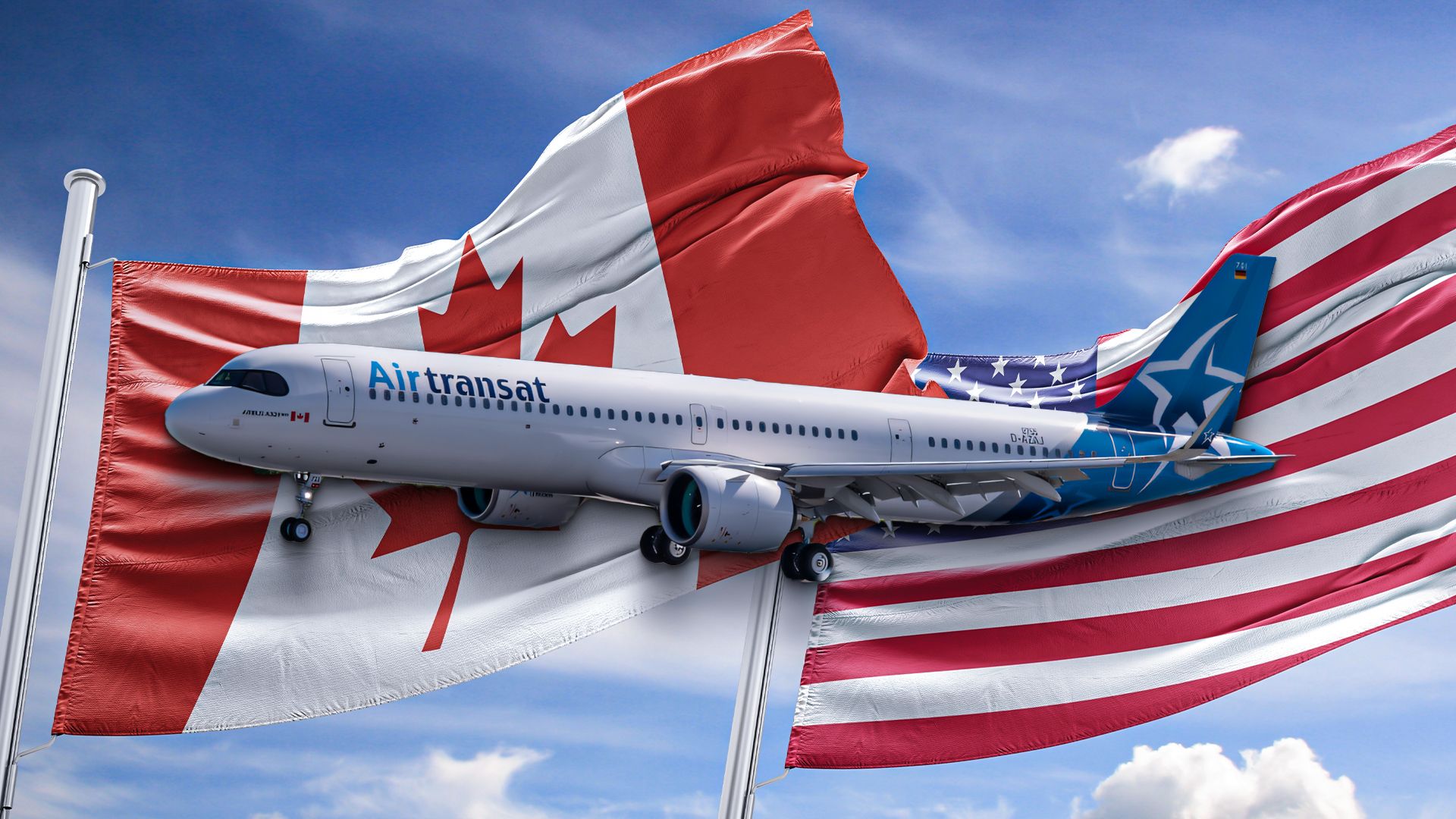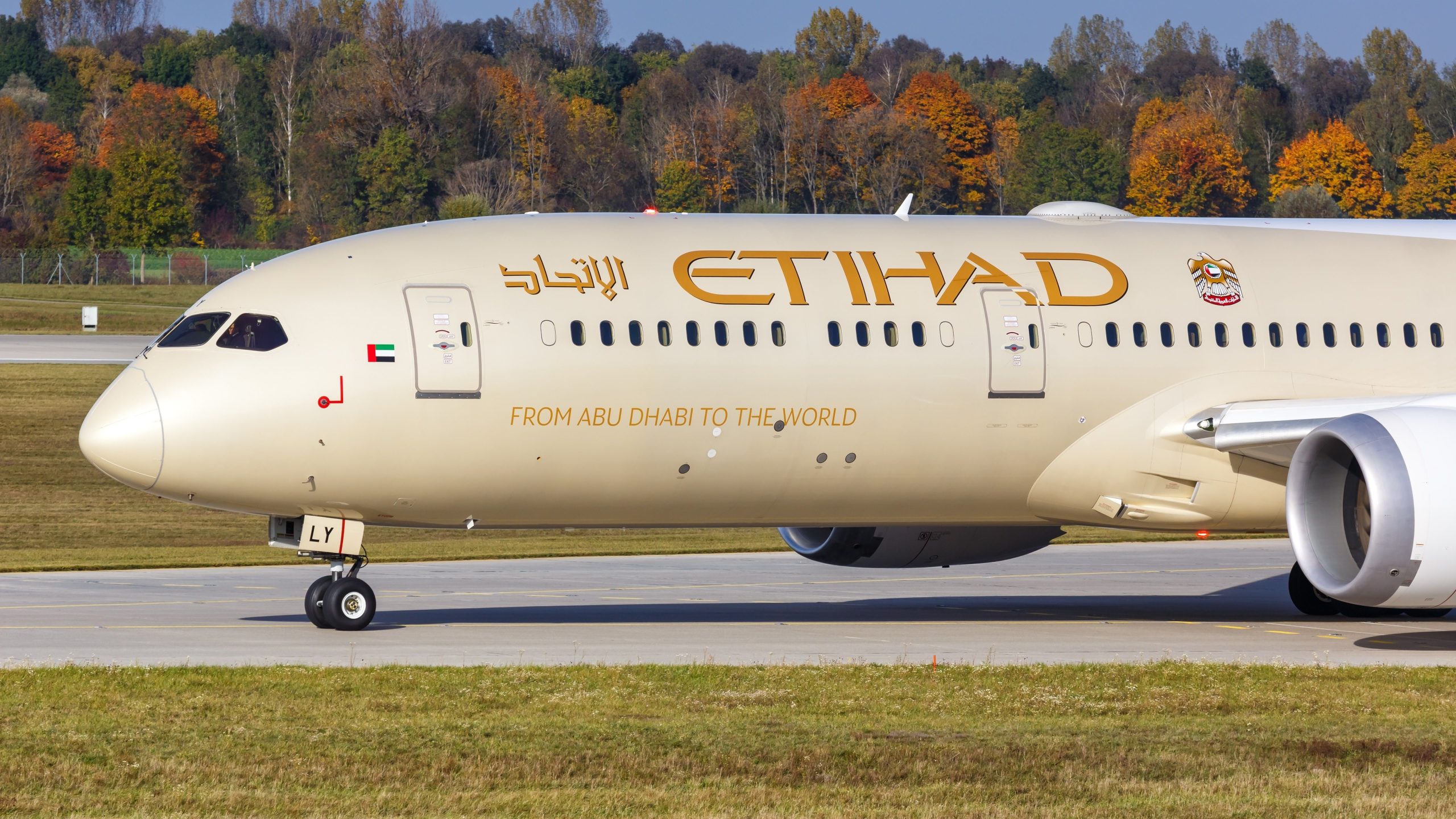Global Airlines
and Elbe Flugzeugwerke (EFW), a joint venture between Airbus
and ST Engineering, have signed a maintenance agreement for the carrier’s Airbus A380 fleet, marking a return to the A380 maintenance market for EFW.
Carrying out maintenance for Global Airlines’ A380s
In a statement on September 23, EFW said that it has signed a contract with Global Airlines to maintain the airline’s A380 fleet. This includes airframe heavy maintenance services that will facilitate Global Airlines’ first A380
to enter service, with the maintenance scheduled to begin sometime in Q4 2024.
In addition, EFW will conduct scheduled maintenance, including mandatory inspections and component replacements, on behalf of Global Airlines. The Germany-based maintenance, repair, and overhaul (MRO) company said that it has also received maintenance orders for the type from other, unidentified customers, which will result in EFW expanding its A380 maintenance activities starting in 2025.
Photo: EFW
EFW highlighted that many airlines worldwide have recommissioned the A380, and the type has been making a strong comeback recently.
As a result, the German company expected that the demand for MRO services for the type would only increase, with EFW boasting its previous experience serving the type, including some 50 heavy maintenance services over the years.
There have been cases when airlines could not return their A380s quickly enough. In February 2023, Alan Joyce, the former chief executive officer (CEO) of Qantas
, told Aviation International News that a lack of MRO slots has delayed the Australian carrier’s ability to reactivate its A380s.
Another step forward
James Asquith, the founder and CEO of Global Airlines, said that the airline’s partnership with EFW was the next significant step in bringing the airline’s A380 back to service.
The aircraft, registered as 9H-GLOBL, was operated by China Southern
until November 2022, ch-aviation data showed. Now, the double-decker is registered on Hi Fly
Malta’s air operator’s certificate (AOC), with Global Airlines owning the aircraft, as indicated by the site’s fleet records.
Photo: Angel DiBilio | Shutterstock
Nevertheless, Asquith said that the aircraft, which was ferried with its landing gear down from Mojave Air and Space Port (MHV) to Glasgow Prestwick Airport (PIK) in May, will fly to Dresden Airport (DRS) to be serviced by EFW.
“We’ve overcome significant hurdles over the past 12 months, and we are now very much advancing our proposition, partnerships, team and operational readiness and our partnership with EFW is the latest giant leap forward.”
Jordi Boto, the CEO of EFW, said that given the MRO company’s experience with the type, it was excited to re-establish its maintenance activities for the A380.
“We look forward to supporting our new customer, Global Airlines, with its first A380 and seeing more aircraft of this type back in the sky.”
Global Airlines, which previously said it planned to begin flights with the A380 sometime in 2024, delayed its first flights to 2025.
Partnering with Hi Fly
In September 2023, Global Airlines partnered with Hi Fly, with the statement saying that the pair would work together on the development and maintenance of “four” A380 aircraft that the former carrier has agreed to acquire.
Global Airlines first got the attention in the aviation industry and beyond when in May 2023, it said that it acquired its first A380 from Doric Aviation, a Germany-based aircraft asset manager, whose subsidiary Doric Nimrod Air Two recently sold five A380s to Emirates for around $200 million.
Photo: Global Airlines
However, that A380, a former ![]() Singapore Airlines
Singapore Airlines
airframe that was the only aircraft of the type to be remarketed, with Hi Fly briefly operating the quadjet between July 2018 and December 2020, has only appeared on Flightradar24 in December 2023, remaining dormant since.
Nevertheless, Global Airlines’ and Hi Fly’s partnership entailed working together on the former’s first aircraft’s entry-into-service (EIS) and return-to-service (RTS) processes.

